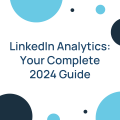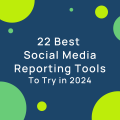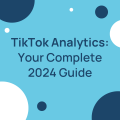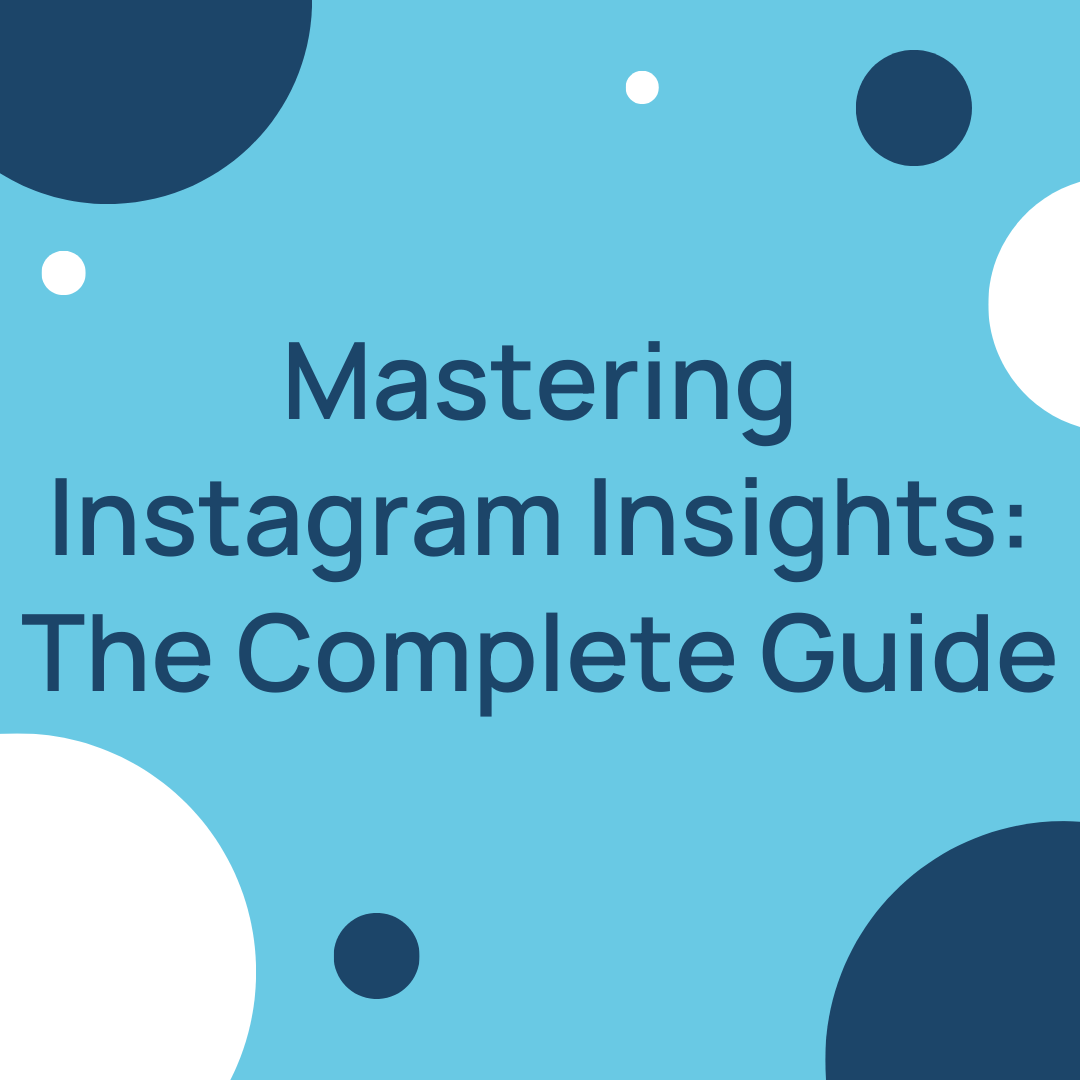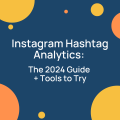How To Optimize Your Landing Page For Facebook Traffic Conversion
Ivan Ivanov posted on 15 December 2017
Here, at Locowise, we like to indulge into the intricacies of what makes social media marketing work. Helping you realize the potential of your networking campaign is a top priority of ours, right after delivering all the analytics you need in an accessible and clean manner.
But we’ve had more than a few clients, experts in digital marketing consultancy, share that an exemplary Facebook page or Instagram profile is just the first step. At often times, brands and businesses alike receive huge traffic boosts to their websites from a clear and concise social media strategy, only to end up with little to none tangible results.
So, with that in mind, we decided to go beyond the ecosystem of a social media platform and discuss how you can make the most out of your Facebook traffic. For marketing agencies, we believe that this will be a good exercise in helping your clients realize the potential of the social media benefits.
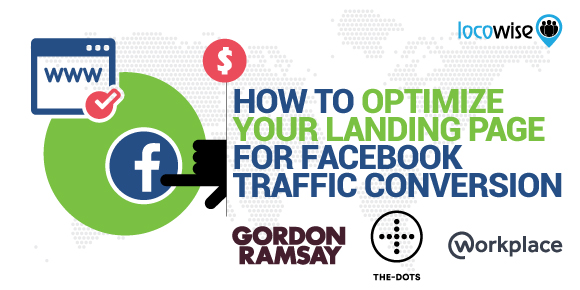
At the same time, for any influencer, business owner or anyone in between, we hope to provide you with a perspective outlook on the topic at hand, while helping you optimize your landing page, achieving a better conversion rate in the process. Without further adieu, let’s get started!
The Notions of Clear-Cut Facebook Traffic Behavior
For starters, we should discuss the clear-cut differences in the behavior of Facebook traffic, compared to other sources. While at its core all traffic is similar, the tangible results of conversion might differ due to improper optimization. This is primarily related to the design and content of the targeted landing pages in relation to the source of traffic.
Facebook vs. Other Social Media Platforms
One of the basics of social media marketing lies in the difference between the major networking platforms. Without going in-depth about the matter, as we already have in other posts, such as the one for recycling your social media content, Facebook often differentiates itself from others by being an all-in-one place for information.
In the most basic sense, you can think of Twitter as the place for relevant humor and news, Instagram for visual stimuli and Facebook for everything included and anything in between. Yet, much like with other social media platforms, the network is a place with high interactiveness and quick decision-making.
Facebook vs. Webpage/SEO Traffic
The other common sources of traffic for a website include guest post traffic and SEO traffic. Usually, visitors from search engines seek more information about a certain service or a product. That’s why, the usual way businesses go about optimizing their landing pages is via offering informational content about their products and services, combined with engaging design.
Nevertheless, the difference in the nature of traffic is also clear. In a sense, visitors from search engines are researching the matter in-depth, while Facebook traffic is to a certain level already engaged with the content or product at hand.
That being said, in terms of optimization of your landing page for Facebook, you should think snappy response and interactive design. You don’t want to bore your audience with in-depth information and you want to pursue them to make a conversion (or purchasing) decision within seconds of visiting your website. But let’s look at a few examples.
Direct Information and Interactive Content
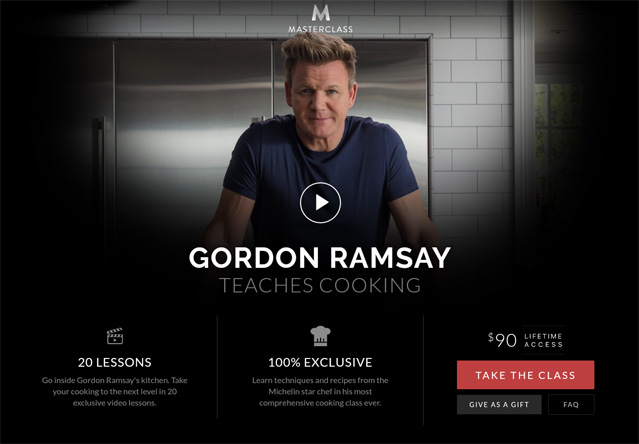
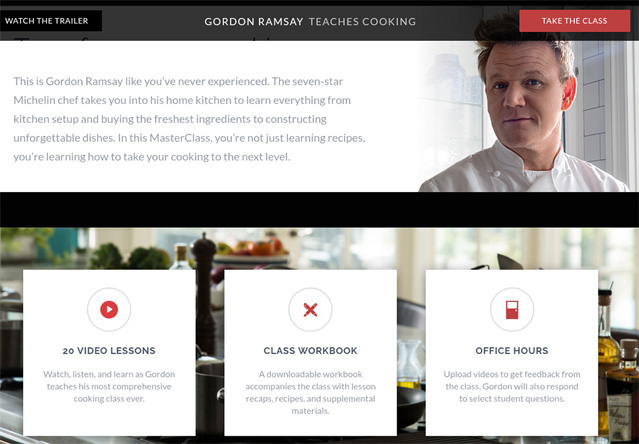
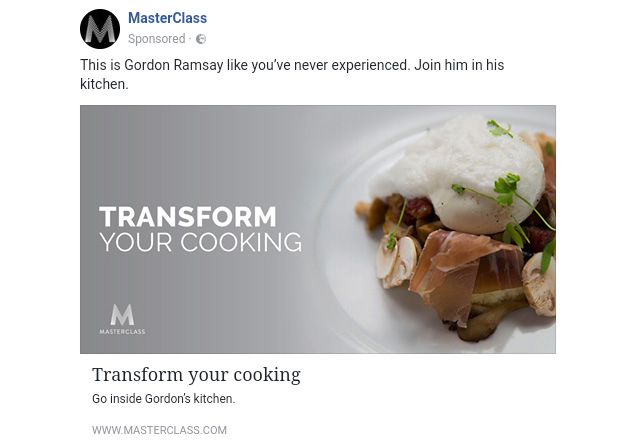
One great example of a sleek landing page that is optimized for Facebook traffic conversions is that of MasterClass. In this particular case, the page is related to a teaching course you can purchase online, led by none other, but the infamous chef Gordon Ramsay. Remember his amazing brand-building tweets that went viral?
The first item to note is how clear and on-point the information is. At a glance, the audience is able to quickly learn everything they need to know about the product on offer. In the bottom you are able to note the details about the video course itself, alongside pricing. There are also a few action buttons that serve for quick conversion.
Another interesting thing to note is that the visitor is instantly engaged with interactive content. The focus of the landing page is a video of Gordon Ramsay explaining more information about the course in an in-depth manner. In a sense, this also serves as a sample of the product, but also keeps the visitor engaged with the product that’s being offered.
Instant Sampling and Prompt Engagement

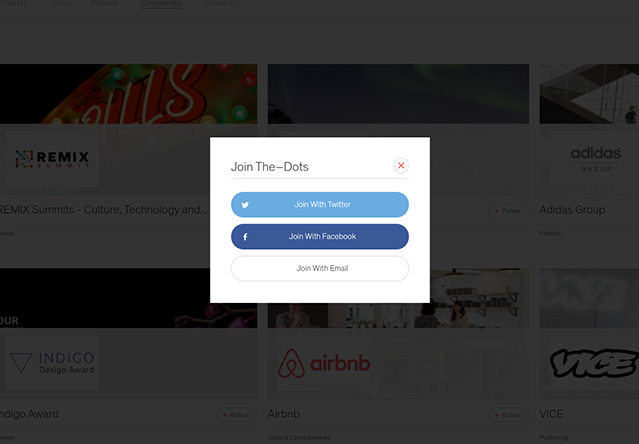
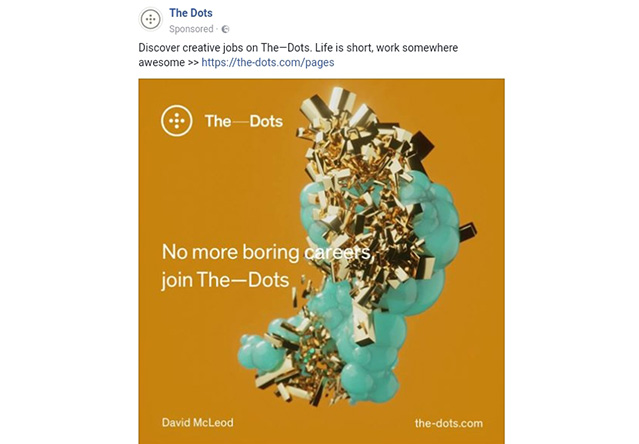
Another important factor in your optimization should be the notion of the “already engaged” traffic. In a sense, the traffic that comes from Facebook has already been engaged with your product/service or content to a certain degree. Make sure to avoid any other introduction, but to rather get straight to the point. A nice way to do that is via instant sampling.
A great example of this is The Dots. A platform that is a mix of a social network, workplace and creative thinking. Rather than trying to persuade their Facebook traffic in signing up, they instantly prompt them to do so. And even if people are not interested and click the “x” they are still able to instantly engage with the product itself, which is a great way to increase conversion. A tip to note is that your Facebook traffic landing page might be different than your usual landing page, as is with the dots and their sponsored post of their “pages” page on the social media.
Clean and Straight to The Point
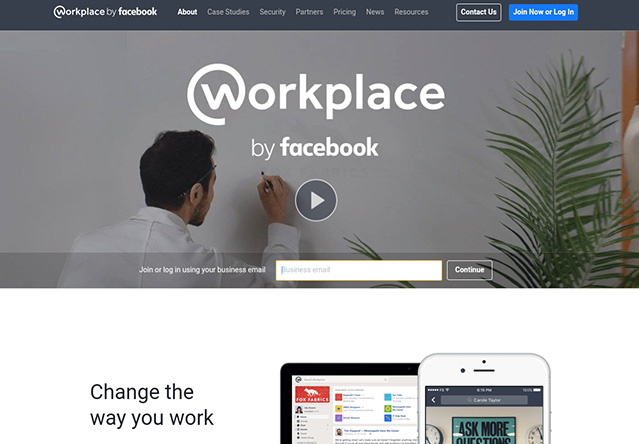

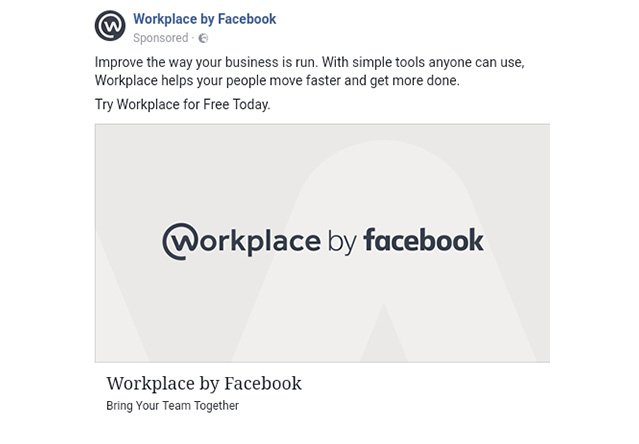
Another great example of a landing page aimed at Facebook conversion is from Facebook itself. Promoting their workplace platform, the company has created a sleek and clean page that directly prompts the user to sign up for their services.
Similar to what we’ve seen with MasterClass, when visiting Facebook Workplace directly from the ad, you are directly prompted to sign up, with all relevant information about the pricing presented right on the screen.
This is extremely different from their SEO-traffic based landing page, which presents the product and tries to engage the visitor. The reasoning is obvious, with the company understanding that the traffic which comes from Facebook is already engaged, while the SEO traffic might need the additional “push” to make the conversion decision.
Don’t Forget About Mobile Optimization

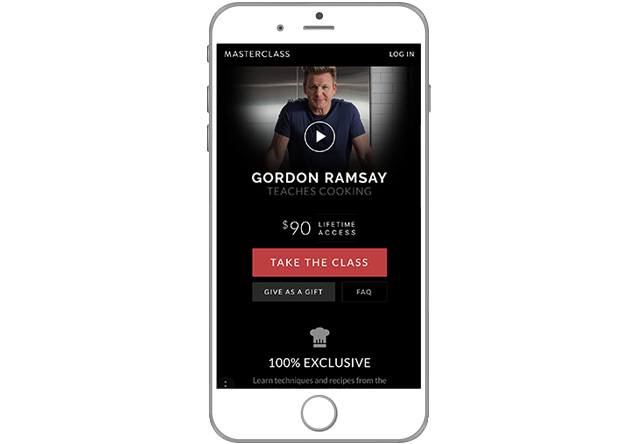

With internet traffic, particularly the one coming from social media, being mobile-based, you should always keep in mind that your landing page should be optimized for mobile users. In most cases, what we’ve discussed so far stands true for mobile traffic. As you can see from the examples, all of the aforementioned landing pages have retained all the same functionality, design and content both on their desktop and mobile version.
The particular difference in website optimization between desktop and mobile usually comes within the front and back-end development and the responsiveness of said services. A tip to keep in mind is that, if your services don’t work properly on desktop, i.e. it is a web-based software product for the desktop, you should aim for your mobile social media landing page to convert either towards a subscription to a newsletter or aim to deliver engaging information about their product that will later help them make the conversion.
Always Evaluate the Effectiveness of a Social Media Campaign
Optimizing your landing page for Facebook traffic is not a direct process. In fact, more often than not, you’ll find that a business might have to tweak some stuff with the insights coming from Facebook metrics.
With that in mind, you should always keep track of your analytics on a regular per-period basis to be certain in the successfulness of your marketing strategy on the platforms you use. After you do, it’s best to head into the analysis of how the traffic that you receive from said platforms translates into tangible results for your business. The latter can help you optimize the content of your digital strategy via a better evaluation of the behavior of your target audience.
Want to have access to dozens of social media analytics in a clean and easy to interact manner? Wow your digital marketing clients and help them achieve a better social media strategy today by signing up for a 7-day free trial of Locowise.

